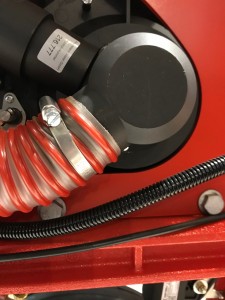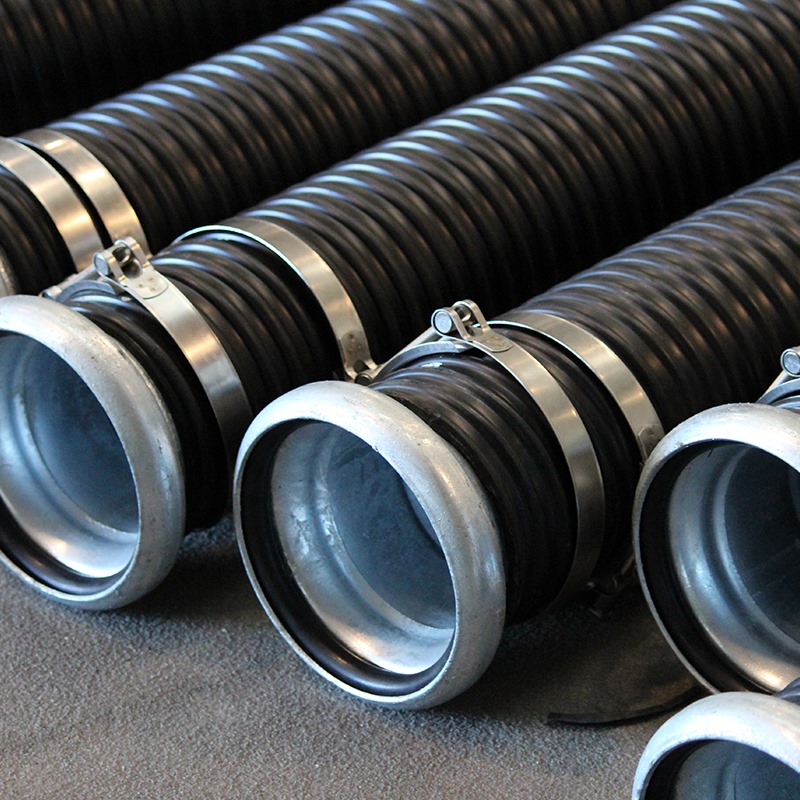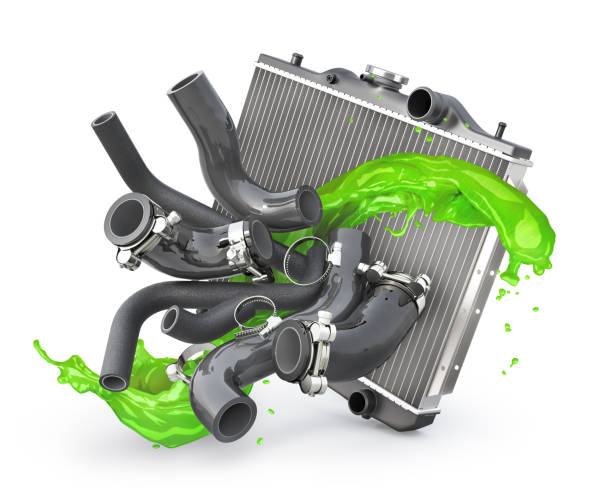Design of pipe fittings and hose clamps:
An effective clamping solution relies on hose clamps and fittings. For optimum sealing performance, the following points must be considered before installing the clamp:
1. Barb-type fittings are generally best for sealing, but are not suitable for thin wall or low pressure applications.
2. The size of the pipe connection should be such that the hose stretches slightly on the pipe connection. If you choose an oversized fitting it will be difficult to get it fully clamped, but an undersized fitting may easily loosen or squeeze the hose together.
3. In any case, the pipe joint should be strong enough to withstand the compressive force of the clamp, and heavy-duty clamps are only selected when the hose and pipe are both strong and elastic materials. Thrust: How Diameter Affects Axial Thrust: The build-up of pressure within the hose creates an axial thrust that forces the hose off the nipple end.
Therefore, one of the main uses of hose clamps is to resist axial thrust to hold the hose in place. Axial thrust level is measured by the pressure developed in the hose and the square of the hose diameter.
As an example: the axial thrust of a hose with an inner diameter of 200mm is one hundred times that of a hose with an inner diameter of 20mm. Therefore, we strongly recommend heavy duty hose clamps for large diameter hoses with high pressure. Otherwise, your hose won't last long. Correct tensioning Any clamps must be tightened to the correct tension for correct performance. For bolted worm drive clamps, we provide maximum torque values. It goes without saying that for a given gripper, the greater the input torque, the greater the clamping force. However, this number cannot be used to compare the relative strength of the clamps; as other factors such as thread and strap width also come into play. If you are still considering options for different clamps and clips, we strongly recommend that you review the brochures on our website to ensure you are meeting the recommended tensioning levels for all of our ranges. Correctly positioned hose clamp When tightening the hose clamp, it squeezes the hose causing compression. The resulting chain reaction will cause the hose to deform, so do not place the clamp too close to the end of the hose as there is a risk of leaking or dislodging when placing the clamp under pressure. We recommend that any clamps be at least 4mm from the end of the hose,
All hose clamps come in a variety of diameters, so it is important to choose the correct size. Even if you choose one, you'll find that it offers a range. Here's how to ensure the correct diameter hose clamp is selected. First: After the hose is grooved to the fitting, measure the outside diameter of the hose. At this point, the hose will almost certainly expand and it will be larger than it was before it was installed on the pipe. Second, after measuring the outside diameter, check the dynamic range of the hose clamp to make sure it can be tightened to the correct size. All of our clamps are available in a minimum and maximum diameter, ideally you should choose clamps that will fit your hose OD encompassing the middle of this range. If you are choosing between the two sizes, choose the smaller clamp as it will compress the hose once it is in place. If the middle range is not an option, or the hose clamp you are considering has a narrow dynamic range, we recommend ordering a sample of the closest size (you can order any clamp on our website) and then ordering all Test it before the quantity.
Post time: May-27-2022

 Whatsapp:+86 15222867341
Whatsapp:+86 15222867341 




